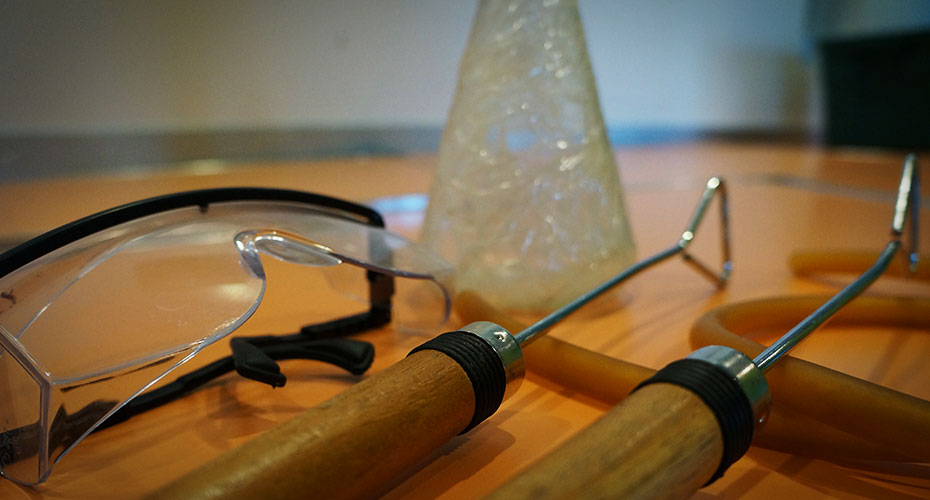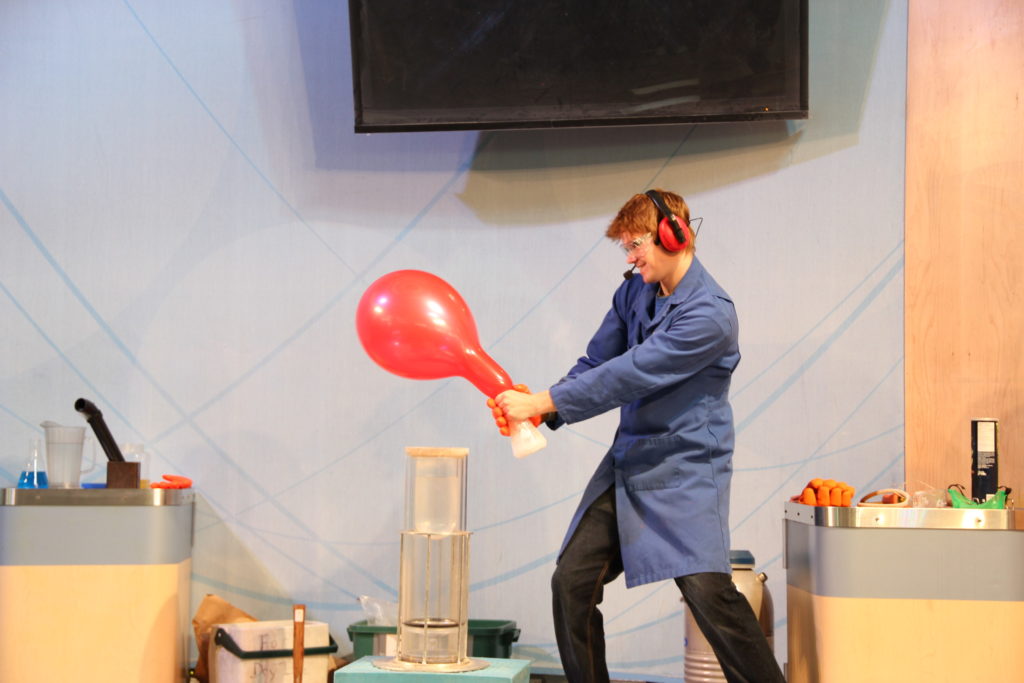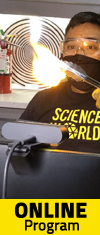Test the pH of various substances in your kitchen, and be wowed by the amazing changing colours of cabbage juice!
“Chemical” is really just a fancy name for matter or stuff.
Chemicals are everywhere, they make up everything from the air around us to you yourself! A useful way to make sense of all of the chemicals around us is to find out whether they are acids, bases, or neutral.
Acids and bases are opposite like hot and cold; neutral means neither or in-between.
Acids create hydronium ions when in contact with water and have a sour taste. Lemon juice and vinegar are both acids. Bases release (or create) hydroxide ions in water and taste bitter. Many soaps and cleaning products are bases. When hydroxide ions and hydronum ions combine, they create water again which is neutral.
Cabbage juice contains a special molecule called anthocyanin ( an organic compound called a flavin), which gives red cabbage its colour. Anthocyanin is also found in blueberries, grapes and lots of other plants. When anthocyanin comes in contact with the hydronium ions in an acid it turns pink, and when it comes in contact with the hydroxide ions in a base it turns blue or green.
We refer to cabbage juice as a pH indicator because it can tell us if a substance is acidic or basic by changing colour. Other pH indicators are litmus paper and phenolphthalein.
Vocabulary:
- Acid: Acids create H3O+ ions when in contact with water (for simplicity sometimes called H+). The term comes from the Latin word acidus that means “sharp” or “sour”. Some properties of acids are that they taste sour, react with metal, change the colour of litmus paper from blue to red, and have a low pH (0 – 7). Examples of acids are vinegar and lemon juice.
- Base: A compound that produces OH- ions when in contact with water. Another word for base is alkali. Some basic properties of bases are that they can be used as household cleaners, turn red litmus paper blue, and have a high pH (7 – 14). Some examples of bases are ammonia and baking soda.
- Indicator: A substance that indicates the degree of acidity or alkalinity of a solution through characteristic colour changes.


